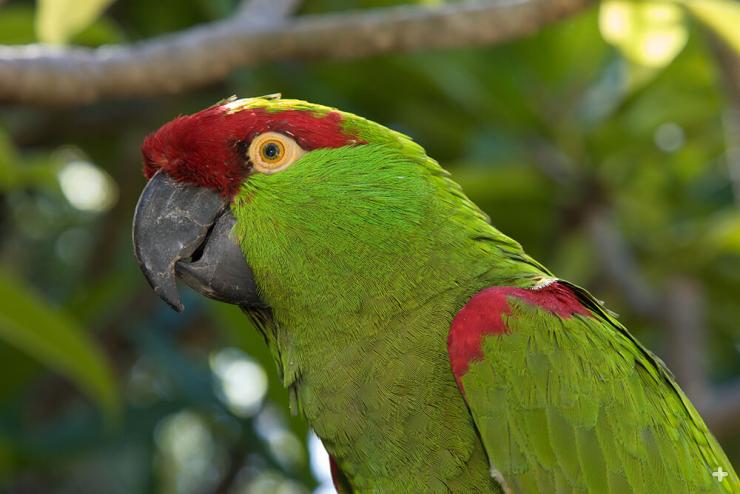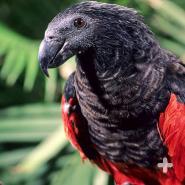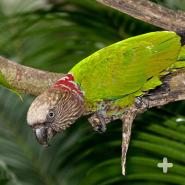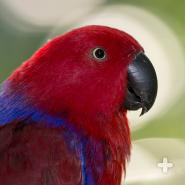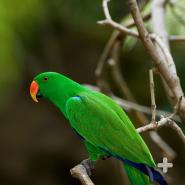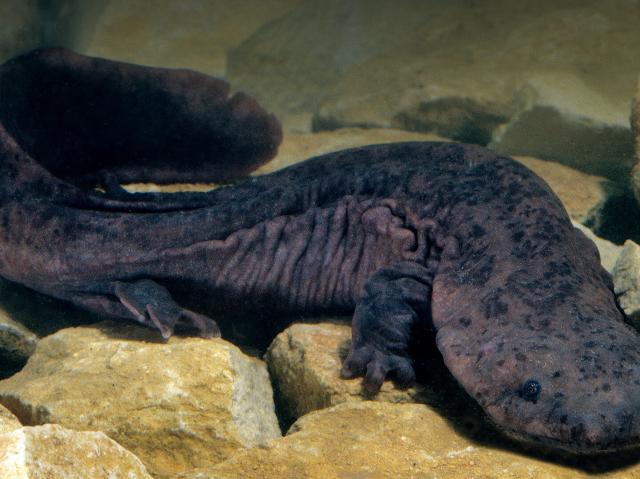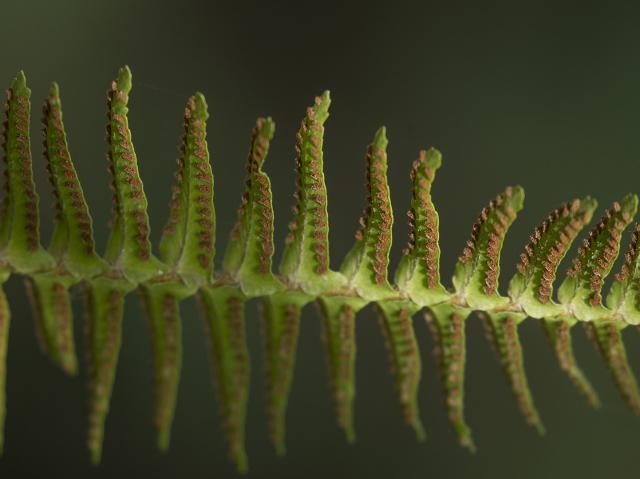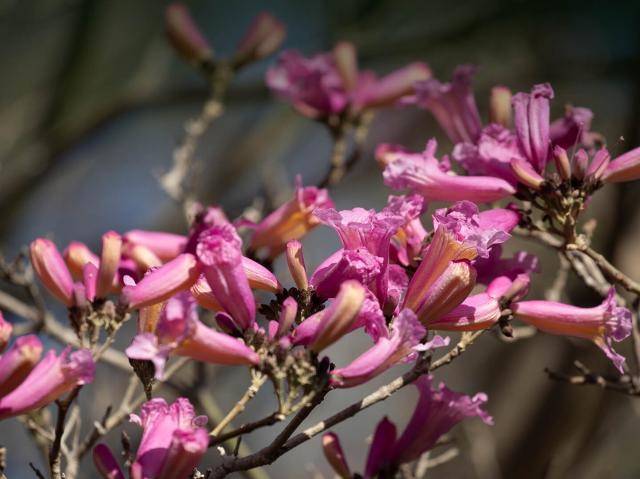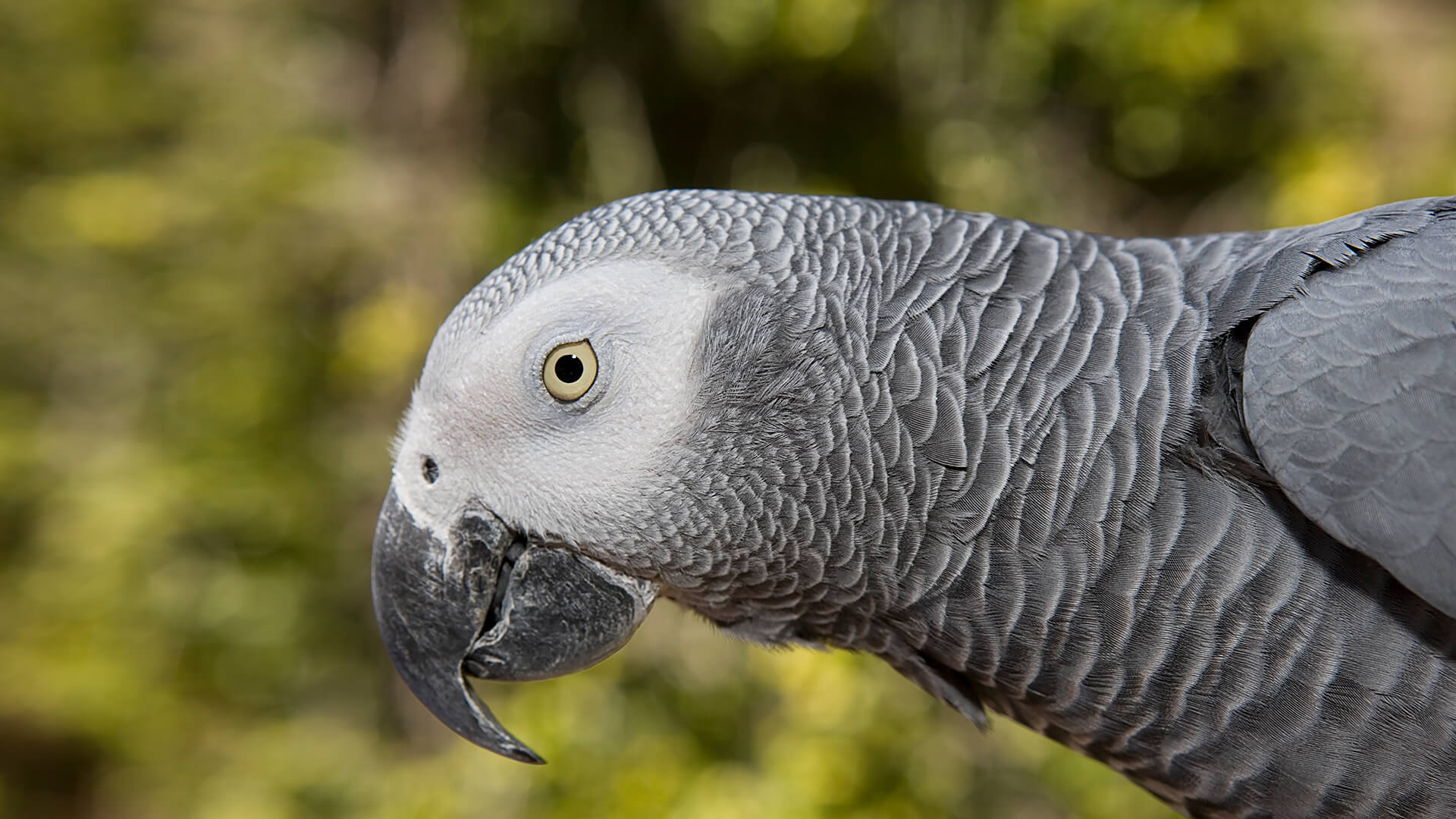
Parrot

- CLASS: Aves (Birds)
- ORDER: Psittaciformes
- FAMILY: Psittacidae
- GENERA: 66
- SPECIES: 279

ABOUT
Parrot lore: In the story Treasure Island, by Robert Louis Stevenson, a parrot accompanied pirate Long John Silver at every moment. Were parrots really associated with pirates? Maybe not, but they are fascinating birds, so it is no wonder parrots appear in children’s stories.
Parrots come in a variety of bright colors, mostly made up of greens, reds, blues, and yellows. There are exceptions, though: the Pesquet’s parrot is black with red trim, and you can probably guess what color the African gray parrot is! There are 279 parrot species in the world that include macaws, keas, lovebirds, parakeets, lorikeets, and kakapos. Although quite different from each other in many ways, these birds all have a curved beak, zygodactyl feet, and generally eat nuts, seeds, fruits, and insects.
Parrots have thick, strong beaks that are perfect for breaking open nuts and seeds with tough coverings. Macaws have such strong beaks that they have been reported to snap through broomstick handles! Zygodactyl feet are also very strong and helpful in holding slippery nuts and fruit.
The world’s largest parrot is the hyacinth macaw, found in South America, at about 40 inches (100 centimeters) long. But it's not the heaviest bird in the parrot family: that honor belongs to the kakapo of New Zealand, which can weigh up to 6.6 pounds (3 kilograms), too heavy for its size to fly. The smallest parrots are the pygmy-parrots, which are less than 4 inches (10 centimeters) long, weigh just 0.3 ounces (10 grams), and are found mostly in New Guinea and on nearby islands.
Parrots are popular as pets because they are so outgoing, social, intelligent, and have the ability to “talk.” Although they can make a good pet, some people who buy them may not know where their bird really hatched.
The Convention on International Trade in Endangered Species discourages the pet trade, which often takes parrots out of their natural habitat to sell them as pets. This is dangerous for the birds, as many do not survive the journey from their home to a pet store. It is also dangerous for the new owner, who can be badly bitten or have a hard time teaching the bird. Fortunately, the trade in parrots is slowing down, and some parrot populations are starting to recover.
People who want to have a parrot for a pet need to know that these birds require lots of attention from their owners, they are messy eaters and poopers, and they can be very noisy—especially early in the morning. Your neighbors may not like that! This is a bird that will be around for almost your entire life, living up to 60 years in captivity. That's a long commitment for a pet owner.
A parrot is a smart bird that can become easily bored in a cage, so make sure, if you are thinking about getting one, that you really have the time and patience for one. If the bird does not receive enough affection, enrichment, and exercise, it will become aggressive and destructive, even plucking its own feathers if it is bored or unhappy.
African gray parrots are popular because they are known to "talk." Although they do not know what they are saying most of the time, they are excellent at mimicking hundreds of sounds in their surroundings. In ttheir native habitats, however, these parrots, like most others, do not imitate noises around them. African gray parrots live in tropical and subtropical forests and woodlands in Africa. Like many of their relatives, they are frequently found in flocks of 20 to 30 birds. They are not yet endangered, although habitat destruction and the illegal sale of birds as pets are starting to take a toll on the population.
HABITAT AND DIET
Most parrots live in warm climates, although not all: thick-billed parrots, maroon-fronted parrots, and keas live in snowy alpine areas and are even referred to as snow birds. Parrots that don't live in areas with trees use cacti, termite mounds, or rocky outcrops to make their home. Thick-billed parrots are one of the few parrots that once lived in the US; now they are found only in northern Mexico. The Carolina parakeet was another US native; sadly, by the 1920s, it was extinct.
Parrots are very social birds and live in large groups called flocks, sometimes up to 1,000 birds! Living in a flock helps parrots watch out for predatory birds, but it’s also fun to have someone else to talk to! Parrots are known for being very vocal: squawks, screams, and screeches can be heard from faraway in the forests. These calls are used to keep track of each other.
Most parrots are seed eaters. They all have strong jaws to help the bird crack open hard nuts and seeds. In forested areas, parrots feed high in the trees, coming to the ground only to drink. Keas have a long, narrow bill that is used to dig up insects from the ground, pry bark from trees, and scrape meat from bones. Thick-billed and maroon-fronted parrots feed on pinecone seeds in their alpine habitat. The kakapo chews on stems and leaves, swallowing the juices for food.
FAMILY LIFE
Numerous parrots are monogamous. They usually woo their mates with vocalizations and tail displays. Parrot eggs resemble chicken eggs, and the parents take turns sitting on the eggs, although the mother spends more time doing this than the father.
Chicks are almost completely naked when they hatch, except for a thin layer of down feathers on the back. Their eyes are closed until they are about two weeks old, and at three weeks, the chicks' adult feathers start to appear. These feathers are so thin and pointy that they are called pinfeathers. The mother is the one that stays with the babies while the father goes off to get food for the family for the next month or so, until the chicks fly off on their own.
CONSERVATION
One quarter of the world’s parrots are threatened with extinction, due to a combination of habitat destruction and trapping for the pet trade.
The pinecone-eating, thick-billed parrot is a prime example. San Diego Zoo Wildlife Alliance participates in the Species Survival Plan for this bird and collaborates in the field with local scientists in Mexico, where we are conducting a population census, monitoring disease, collecting data on chicks, and analyzing food sources. We also contributed funds for the acquisition of 555 hectares of mountainous habitat in Mexico to create a reserve crucial for the welfare of the maroon-fronted parrot, another pinecone-dependent parrot.
By supporting San Diego Zoo Wildlife Alliance, you are our ally in saving and protecting wildlife worldwide.
LIFE SPAN
10 to 60 years, depending on species
YOUNG
Number of eggs laid: 2 to 8, depending on species
Incubation period: 18 to 30 days, depending on species
Age of maturity: 1 to 2 years for smaller species; 3 to 4 years for larger species
SIZE
Height: Tallest - hyacinth macaw Anodorhynchus hycanthinus, 40 inches (100 centimeters); shortest - buff-faced pygmy-parrot Micropsitta pusio, 3.1 inches (8 centimeters)
Weight: Heaviest - kakapo Stigops habroptilus, 6.6 pounds (3 kilograms); lightest - buff-faced pygmy-parrot, .3 ounces (10 grams)
FUN FACTS
Parrots tend to favor using one foot more than the other, just like people are right- or left-handed.
Lories and lorikeets have a body part that is unique among parrots: a brushlike tongue that allows them to sip nectar.
Known for their skill at mimicking sounds, some African gray parrots can "speak" over 700 words.
The first written account of a parrot in captivity was recorded in 400 B.C.


